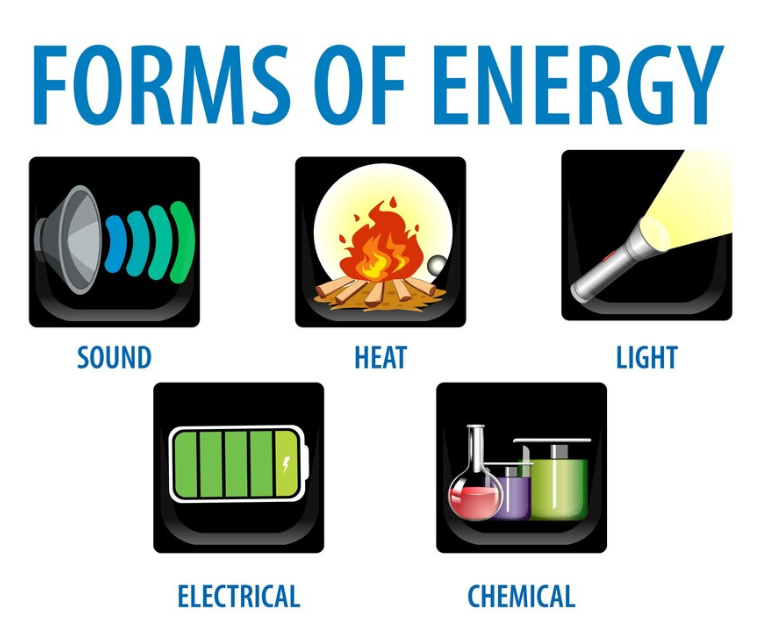Unit 4 Overview: Energy
Unit 4: Energy – An Essential Foundation
Unit 4 introduces energy as an alternative method for solving problems explored in Units 1-3, providing a powerful toolset for tackling more advanced concepts in later units. Energy-related topics make up 16-24% of the AP Physics 1 exam and require 19-22 class periods to cover. Mastery of these foundational ideas is crucial for success in both the exam and understanding physics holistically.
Applicable Big Ideas
Big Idea #3: Force Interactions
- How does pushing something give it energy?
Big Idea #4: Change
- How is energy exchanged and transformed within or between systems?
Big Idea #5: Conservation
- How does the law of conservation of energy govern interactions between objects and systems?
Key Concepts 🔑
- Systems
- Work
- Power
- Gravitational Potential Energy
- Elastic Potential Energy
- Kinetic Energy
- Conservation of Energy
4.1 Open and Closed Systems: Energy
Open Systems
- Matter and energy can be exchanged with surroundings.
- Example: A pot of boiling water transfers heat from the stove while losing steam to the air.
Closed Systems
- Matter remains constant, but energy exchange is possible.
- Example: A sealed soda can transfers heat with its surroundings but retains its contents.
Conservation of Energy
- Open systems: Total energy of the system and surroundings remains constant.
- Closed systems: Total energy within the system remains constant, barring external transfers.
4.2 Work and Mechanical Energy
Work
The transfer of energy through a force applied over a distance:
: Force applied.
: Displacement.
: Angle between force and displacement.
Units: Joules (J)
Positive work increases energy; negative work decreases it.
Mechanical Energy
The sum of an object’s kinetic energy (KE) and potential energy (PE):
Kinetic Energy
Energy of motion:
: Mass.
: Velocity.
Potential Energy
Gravitational PE: Energy from height above a reference point:
: Mass.
: Gravitational acceleration
on Earth.
: Height.
Elastic PE: Energy stored in springs or elastic materials:
: Spring constant.
: Displacement from equilibrium.
Conservation of Mechanical Energy
In a closed system with no non-conservative forces (e.g., friction), total mechanical energy remains constant.
4.3 Conservation of Energy, the Work-Energy Principle, and Power
Work-Energy Principle
The work done on an object equals its change in kinetic energy:
Where:
Power
Rate of work or energy transfer:
: Work done.
: Time.
Units: Watts (W), where
Instantaneous Power:
Where:
: Force applied.
: Velocity.
Applications of Power
- In engines, the rate of combustion determines the car’s acceleration.
- In household appliances, power ratings indicate energy consumption.
Practical Examples
Roller Coasters:
- Convert gravitational
to
for thrilling speeds on descents.
- Convert gravitational
Hydroelectric Plants:
- Transform water’s
into electrical energy via turbines.
- Transform water’s
Regenerative Braking:
- Convert
of a car into electrical energy for storage.
- Convert
Solar Panels:
- Turn sunlight’s electromagnetic energy into electricity.
Key Takeaways
- Energy underpins physical interactions, from motion to heat transfer.
- Conservation laws govern energy transformations and system behaviors.
- Work and power quantify energy’s practical applications, such as in vehicles and power plants.








